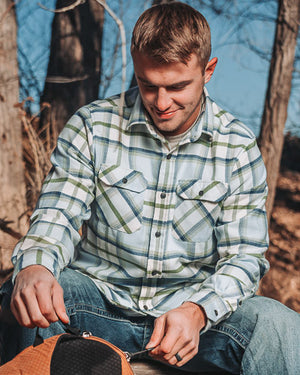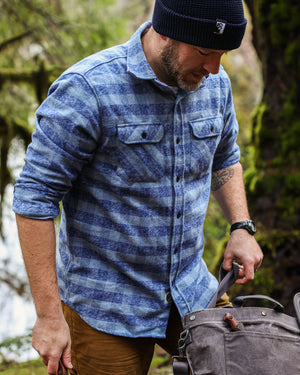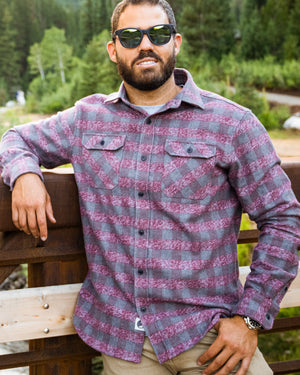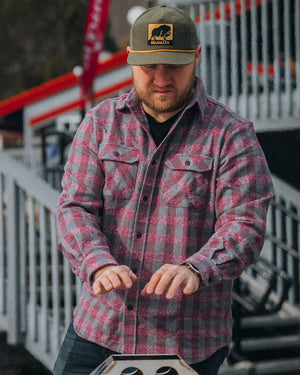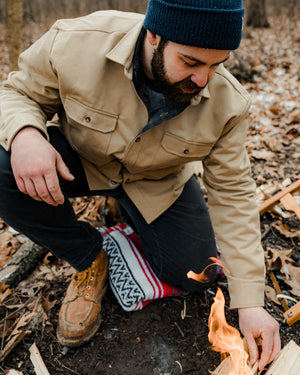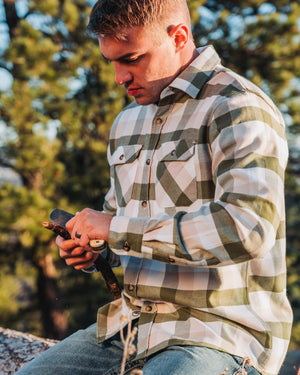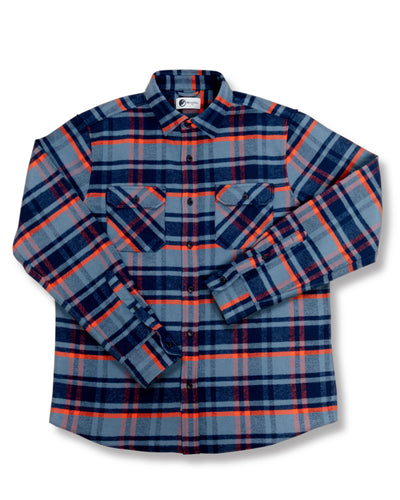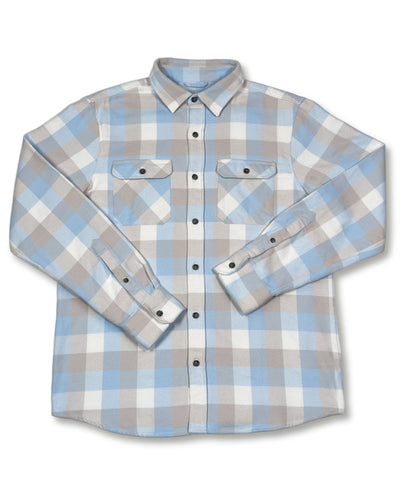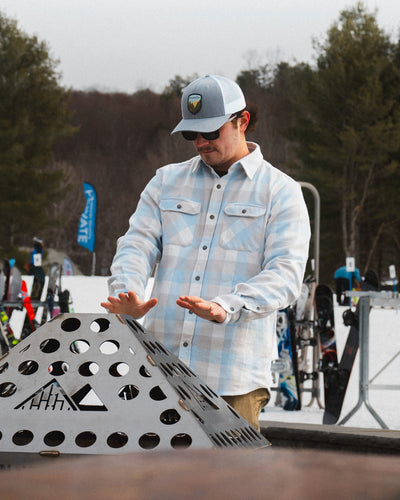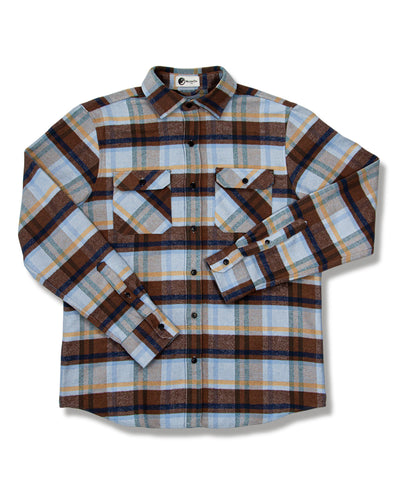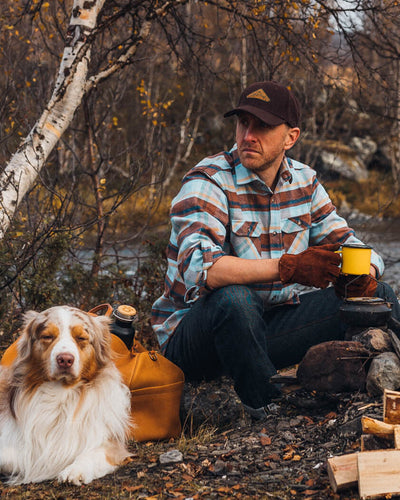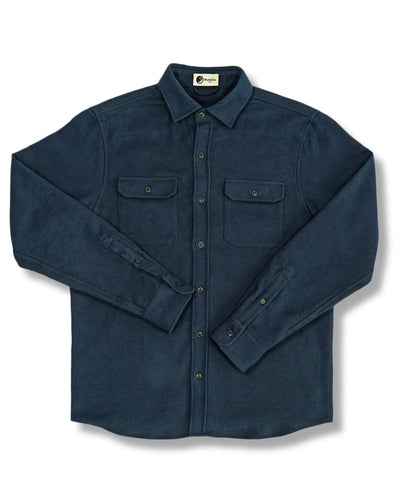Two Baby Muskoxen Recently Born at the Alaska Wildlife Conservation Center
 Photo of Newly Born Baby Muskox at the Alaska Wildlife Conservation Center
Photo of Newly Born Baby Muskox at the Alaska Wildlife Conservation Center
We’ve got some exciting new additions to the MuskOx Herd! We’re honored to introduce you to two recently born muskoxen at the Alaska Wildlife Conservation Center (AWCC). Baby, born in mid-June, and New Baby muskox, born in mid-August. Both are unnamed officially, but more updates to come! Incredible news and quite the surprise to the AWCC as new muskox births were not expected for their herd. Father, Jasper, was quite the 3.5 year old charmer to mother Willow.
If you recall our announcement back in 2021, Jasper was rescued at the AWCC since our partnership and we've been able to watch him grow. In 2021 two muskoxen, Jasper and Opal, were rescued from the Nome area. They were orphaned after attacks by predators, and then brought to the AWCC.
 Jasper and Opal in 2021
Jasper and Opal in 2021
What makes this news even more surprising is that Jasper, who is now just 3.5 years old, has brought two muskoxen into this world. Meaning, after a 7-9 month gestation period, Jasper and his female companions were making muskoxen when they were just babies themselves! The AWCC blames his father, Wrangle, now a proud Grandfather, for loosing control of Jasper for a little bit.
Calves grow rapidly on the incredibly rich milk of their mothers and weigh 150 to 230 pounds (70-100 kgs) as yearlings. In fact, while newborns typically come in around 20lbs, Baby was only about 10lbs. She was found by the feeder team and after discussions with the group, we decided not to interact with the baby since even the slightest scent on our clothing can result in the mom abandoning its young.

 Willow Caring for Newly Born Muskoxen at the AWCC
Willow Caring for Newly Born Muskoxen at the AWCC
Willow actually had to be separated from the larger herd because the herd overall was not receptive to the new kids on the block. There was some aggression, partly because several individuals are hand raised, and might not know how to interact with new additions to the herd.
In order to separate Willow & Baby from the rest of the herd, the AWCC ended up needing to bribe both baby & mama into a separated area that's fenced off from the rest of the herd. Although the AWCC’s animal care staff ended up cutting the fence open because she was on the opposite side from where the gate was, surprisingly, this task went as swimmingly as possible. With the help of some snacks as distraction, specifically fireweed, animal care staff walked Willow and Baby around to the corner and through the hole in the fence and our fantastic maintenance team sewed the hole right back up without a hitch. Fun fact, fireweed is not only a muskox’s favorite, but an Alaskan favorite. If you ever get the chance to visit, we encourage you to try some fireweed & honey ice cream.
Seeing as the staff is not typically as hands on, these new births have really been enjoyable and rewarding for the staff. The AWCC uses the word enrichment to describe how the muskoxen are stimulated and enjoying themselves and the environment. It's particularly important for animals at sanctuaries that are not just focused on surviving. Enrichment provides physical stimulation, mental stimulation, for muskoxen that often involves things like scent marking, rubbing on stuff, & very commonly, head butting.
For the animals to feel enriched, the AWCC often recycles old materials for them to use and they love it. Old tires are often used so they can headbutt the rubber at highspeeds. They reuse street sweeper brushes, and they can rub, headbutt, or scratch on them. Baby has already been showing that she can kick a ball around which is great to see a captive born animal already starting to display those natural behaviors. New Baby is already aggressively nursing, which looks so peaceful but definitely not if you’re the muskox mom. All of this is incredible for the animal care staff to see because it means that both babies are thriving early on.
Enrichment is a really good way for the animals to develop and display what's natural to them. It's the AWCC’s job as their caretakers to make sure that their life is as stimulating and fulfilling as it would be if they were out in the wild. And so seeing those kinds of behaviors, they know they're doing something right, because the animals only display those behaviors if they're comfortable.
If you want to help with the enrichment of animals at the AWCC, visit their Amazon wishlist to help them purchase vital items that are used at their sanctuary.
